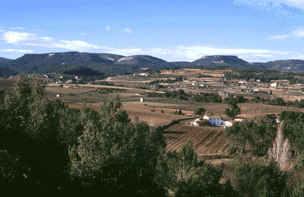|
The
strong economic development that has existed in the last years and the
absence of a territorial sustainable planning, have implied that numerous
areas of interest for the biodiversity have been
modified by the implantation of residences, industrial estates and
infrastructures that have affected the territory
irreversibly. These infrastructures have propitiated the
disappearance or alteration of the eagle hunting areas and an important
impact in the breeding areas.
Housing development
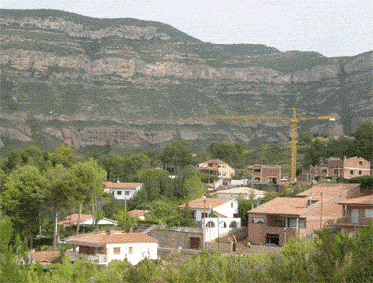 |
The
first "boom" of construction of second residences that
took place during the 60s and 70s concerned many territories of
Bonelli┤s Eagle, and caused that some of them were left.
However,
many zones that were not urbanized in the outskirts of the
villages, barren grounds of crops and marginal areas, often the
best hunting areas for the eagles, are being urbanized with
semi-detached houses, new infrastructures for the villages, or
industrial estates.
This
fact implies a greater reduction of the important areas for the
eagles, whose hunting areas are increasingly diminishing or being
filled with elements that may concern their survival (power
lines).
|
|
Stone
quarries
The
authorization of limestone extractions to do concrete has supposed
led to the physical disappearance of breeding areas, since the
crags where the nests were placed have been destroyed. The story
is not finished and at present there are several stone quarries
that, if this activity continues, will devastate the breeding
areas of many territories.
|
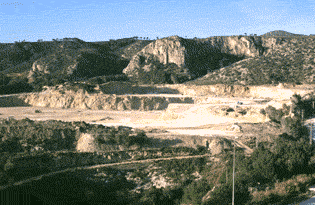 |
|
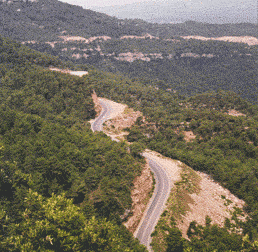
|
Road
infrastructures
The
construction of roads, highways, etc. in the territories of the
eagles, may suppose the desertion of the territory or other
negative effects that determine permanently the survival of the
eagles: easy access to the breeding areas with the consistent
inconveniences, alteration of their hunting areas, barrier effect
on the prey populations, or even accidents with cars.
|
Forest trails
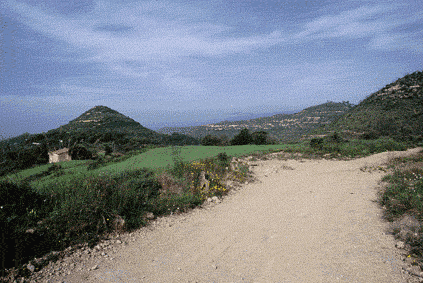
|
Lately,
a great number of trails are being constructed to prevent fires,
allowing an easy access to traditional breeding areas of the
eagles. The first consequence of this fact is that their
territories, previously calm, turn accessible for 4x4 vehicles,
motorcycles, mountain bikes, hunters and excursionists. The later
consequences are usually the loss of the putting or the die of
chicks, abandonment of the breeding areas, or the death of the
adults at the hands of furtive hunters.
It
is a contradictory fact that some tracks are built in the most
recondite places of the mountains, when it is known that the fires
always begin in the outskirts and that the creation of routes of
access are new potential foci of fires.
|
Inadequate
wind farms
Although
the wind power is a source of renewable energy, and therefore a useful way
to reduce the emission of pollutant gases in the ambience, the exhaustive
implantation of wind farms in mountain areas can cause serious
environmental problems. These are usually formed by a high number of wind
turbines of large dimensions, which generally establish along the sierras
of small or medium height.
The
impact on the eagles can be of direct type, due to the collision with the
sails, as it has been observed in diverse areas of the Spanish state and
of many other countries. It also implies indirect but irreversible
consequences, since it produces a loss of habitat caused by the
implantation of the mills and monitoring installations, the presence of
new accesses and roads, the construction of electrical lines. There are
cases in which the installation of wind fields involved the abandonment of
the breeding areas.
|




